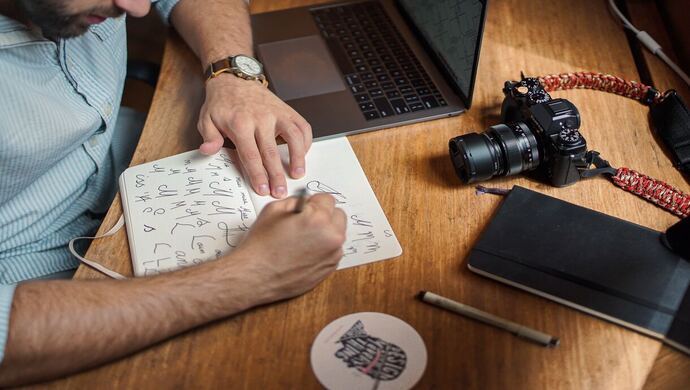Your website is a vital piece of the marketing puzzle for your company. It is the one spot that your clients can see what you have to offer at any time of the day.
You need to grab your user’s attention with your website and keep them interested. Here are a few tips on how to represent your company through your site.
1. Plan your site
Your first step towards branding your site is to decide how you want it to look. Study the message you want to convey and see how your products will work to present this. Estimate how many pages you will need, if you want one for products or if you want several to display each item that you are selling.
Also Read: 5 branding mistakes that startups should look to avoid
You might consider adding a blog to keep your customers up to date with what you are promoting or releasing. Gather images that you want to display and decide where you want them to go.
2. State your name
Another important thing to consider as you are plotting your site is what logo you want to portray. The logo is what people will associate your business with so you want it to look clear, crisp and professional.
If you have experience with graphic art, you can design this on your own. However, this might be something you want to hire out to be done.
Also, get the feedback of your employees and associates on what they think of the final image. This is something that will reflect your company for years to come.
3. Show your colours
The shades of colours you use on your website can affect your client’s interest in what they see. You will want to use the brand colours you associate with your company.
Also Read: The A,B, and C of startup branding
Use tones that elicit the emotion you want your customers to feel when they think of your company.
You should also pick colour schemes that match the photos you want to use. Whether you are using bulma css or a template, you should easily be able to set the shades that you want. Have others look at the test of your site to gauge if they are acceptable to what you have chosen.
4. Keep it the same
You want to use the same font and styles throughout your website. This should flow from one page to the next. Varying font styles and layouts can confuse your customer and make them lose interest in your site since they are having trouble following along.
Lay your landing page out and change the fonts until one works for you then stay with that through the entire project. You should also try to place your logo and comparative graphics in the same spot on each page.
Having them scattered from one page to the other can be distracting for your client.
5. A picture says a thousand words
Gather together images that give a clear and beneficial representation of your company and the products you advertise.
You will want to find professional shots that are clear and easy to see instead of those taken with a cell phone or personal camera that could be blurry or pixelated.
You should also look for pictures that show a sense of happiness either from customers or your staff. This will encourage the customer looking at your website to want the same happiness and then purchase your product. Sort them by order of the page that they will go on and then arrange them on that page.
6. Let the world know
Once you have developed your website and it is published, reach out to your current customers to let them know that it is live.
You can reach them by sending an email to your email list or by posting it on social media.
If you let them know electronically, be sure to add a link to your site so they can access it easily. You might also encourage them to forward the link on to family and friends so that you can attract new clients to your business.
–
Editor’s note: e27 publishes relevant guest contributions from the community. Share your honest opinions and expert knowledge by submitting your content here.
Join our e27 Telegram group here, or our e27 contributor Facebook page here.
Image Credit: Brad Neathery
The post 6 simple tips for branding your website appeared first on e27.
